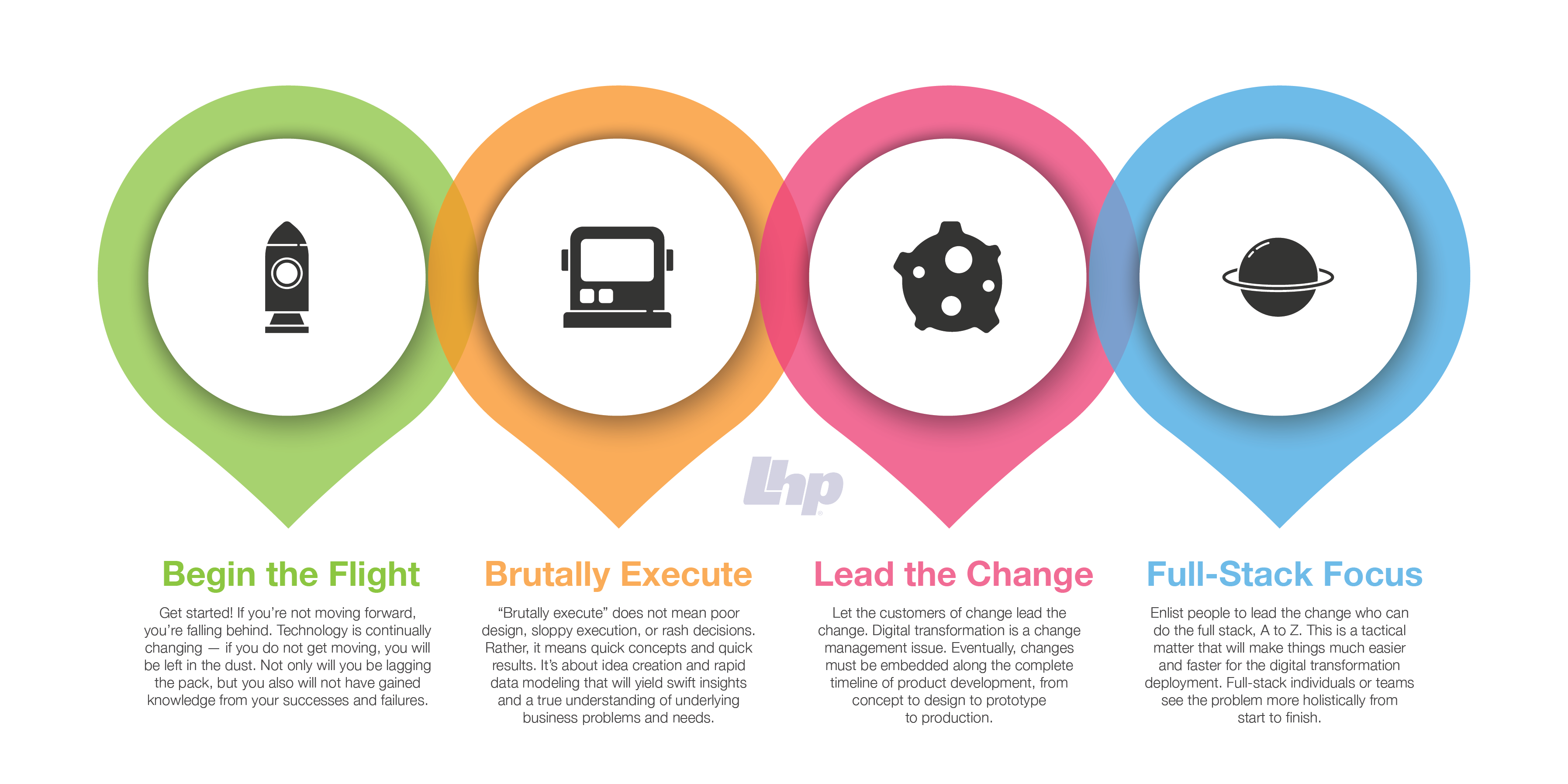Why is Data-driven User Experience important in EV technology
What is the Importance of a Data-driven User Experience in Automotive?
Unlock Engineering Insights: Explore Our Technical Articles Now!
Discover a Wealth of Knowledge – Browse Our eBooks, Whitepapers, and More!
Stay Informed and Inspired – View Our Webinars and Videos Today!

Event-driven logic is the set of operations and rules we use when we create software that responds to a particular detected status change. One thing that makes event-driven logic so flexible and powerful is the fact that these status changes – or events – could be any number of small-scale or large-scale changes, not only within the software itself but across a wide range of devices the logic can monitor. An “event” could be anything from a single keystroke or mouse click to a navigation update from a satellite, or a valve opening in a smart factory. These state changes are all events that can drive the software’s logic to begin a predetermined sequence.
Events can be significant occurrences that happen inside or outside of your organization’s control, or within a software system or hardware that an organization has interest in. For example, event-driven logic can help software capture updates and log changes to systems in real time. It can also add efficiency, scalability, and flexibility to software or equipment you may already have.
Because of its adaptability and responsiveness, we currently find event-driven logic in a host of industries and applications worldwide, powering such widely diverse applications as research data collection, custom telemetry and test equipment, healthcare appointment scheduling and customer support ticketing systems, and many others.
Like other types of logic in programming and developing software, event-driven logic is a set of rules intended to regulate the behavior of a software system so the correct, intended results are produced. Logical regulation of a software system includes governance over how the system processes and interacts with data, how it handles decision-making, and how the flow of control passes through the system. Flow of control (or “control flow”) is a way of referring to the prioritization and ordering of operations within a software system.
With event-driven logic, the control flow proceeds from response to an event. These events can be defined within the system as nearly any change in state either initiated by user actions, an event within the system, or some other occurrence external to the system.
For example, in an e-commerce checkout process, every customer action, from adding items to their cart to verifying the purchase, is its own separate event (i.e., the customer action creates a change in state in an element the software monitors). Another example may be a smart manufacturing control suite where operator action like sending a command to open a valve is one event, the valve’s internal switches showing it is open is another event, and a corresponding increase in coolant flow on an integrated flowmeter is yet another; these are all changes in monitored states which can trigger operations or functions within the software.
In the interest of clarity, we can define “logic” here as the set of rules governing or dictating the operation of a software system. “Architecture,” then, is a metaphorical reference to the framework of a software system, likening it to the structure of a building. The two operate symbiotically; logic defines the control flow, and architecture is the structured organization of software components where the logic operates.
Event-based logic can work on other architectural structures, using programmed functions like event handlers to accommodate the fact that the architecture is not optimized for event-driven operation. Event-driven architecture, however, is built around the logic. The individual software components are decoupled from one another in this architecture, similar to the abstracted-layer approach found in AUTomotive Open System Architecture (AUTOSAR). This allows components to operate in an autonomous and asynchronous environment. In asynchronous operation, the execution of one function in one software component is not dependent on the completion of another function or task before beginning, in this architecture. These two qualities give event-driven architecture flexibility and scalability, help produce an optimized environment for event-driven logic.
When the architecture is aligned with the logic, that is, when event-driven logic is running on a software system built on event-driven architecture, then the decision-making workflows and data processing functions in the logic are consistent with the way the software system’s architecture has been built around the system’s intended purpose. Often, event-driven architecture divides events into two parts: the header (giving time and date stamps, like a header in many messages) and the body, with details about the event, i.e., what element has experienced a change in state. Further, most typical event-driven architectural structures follow a four-layer logical arrangement to manage event processing workflow. These logic layers often look like this:
The producer (for example, a vehicle’s traction control sensor and its associated input code) detects that an event has happened and sends data about the event to the event channel.
There can be multiple channels open simultaneously, relaying the collected information from the event producer to the processing engine. The channel can exist in the form of an input file or of a communication protocol.
This layer identifies the event from information in the event body and executes the correct response.
The consequences of event processing appear in this logic layer. If, in the “event producer” layer, the sensor detects that a vehicle’s drive wheel is slipping, the “downstream activity” might include a warning message to the driver and possible engagement of traction control.
With or without optimized architecture, event-driven logic is used in thousands of diverse software platforms worldwide. For example, in the case of the custom hydrogen engine telematics package that LHP Analytics recently developed for a customer, event-driven logic was utilized because it provided agility and real-time responsiveness. This telematics suite provides data collection, trend reporting, and error messaging (or, more exactly, “event messaging”) to its online dashboard, reliably and in real-time.
Event-driven logic is best used to control how events, once detected, are logged, and processed within a given software component. Event-driven logic is the typical choice for graphical user interfaces (GUIs) and dashboards. Besides this, event-driven software components are in use for telematics, internet of things (IoT) applications, and general data analysis. These examples discuss the specific advantages event-driven programming can impart to a project in each sub-field.
Event-driven logic tends to be very responsive. In part due to its asynchronous messaging and decoupled structure, this logic type offers rapid, on-demand updates to changes in state, both within normal parameters (to track trends) and in the event of errors. Typical automotive telematics, including on-board diagnostics, performance monitoring, or GPS systems and fleet monitoring, generate massive amounts of data. Event-driven logic enables analysis of this data in real time, assisting in maximizing fuel (or power) economy, for example, as well as such services as predictive maintenance scheduling.
The Internet of Things (IoT) encompasses a wide range of devices, most of which collect and process data in order to perform their functions. As in the case of telematics, IoT applications involve real-time data analysis and decisions. Event-driven logic enables high speed responses to inputs, as well as the efficient usage of device (and network) resources. IoT networks of devices may be deployed in environments where communication capabilities vary widely between devices; the asynchronous communication capability of event-driven logic allows these devices to continue operating even with low or intermittent connectivity.
Event-driven logic’s advantages in all kinds of data analysis stem from its flexibility and modularity, due in part to the decoupled software components that comprise its code. The asynchronous capabilities of event-driven logic also contribute to its scalability, or ability to handle large amounts of data as well as it handles smaller amounts, or to easily accommodate large momentary spikes in the number of events it must handle. Event-driven logic allows for integration of analyzed data from widely diverse sources (or event producers) with standardized event formatting.
There are some scenarios and solutions that just do not fit well together. Anti-patterns are the scenarios where a solution isn’t the right one. With all the advantages and useful qualities of event-driven logic, it’s hard to believe there is any situation where it would not apply. However, there are a few cases where event-driven logic might be contra-indicated. For example, event-driven data is not well-suited to batch processing large volumes of data which do not necessarily have to be handled in real time, because slower batch-processing is likely more cost-effective. Or, additionally, in environments with compromised bandwidth, real-time analysis using event-driven logic will not be feasible; while asynchronous communication would allow all data to be processed, the real-time aspect might be affected to the point that a different approach would be more effective.
In cases where real-time data processing, serverless computing and IoT integration are paramount, event-driven logic is a particularly good choice to drive these data handling chores. This flexible, scalable, and efficient logic type, especially when paired with event-driven architecture for optimum effectiveness, is rapid, efficient, and highly scalable. Due to its capability and adaptability, event-driven logic drives many of the data analysis and integration operations and projects in the works at LHP Analytics and IoT.

What is the Importance of a Data-driven User Experience in Automotive?

Digital Transformation — Four Keys to a Successful Launch A digital transformation alters how a company does business. It’s a big move that affects...

{% video_player "embed_player" overrideable=False, type='hsvideo2', hide_playlist=True, viral_sharing=False, embed_button=False, autoplay=False,...